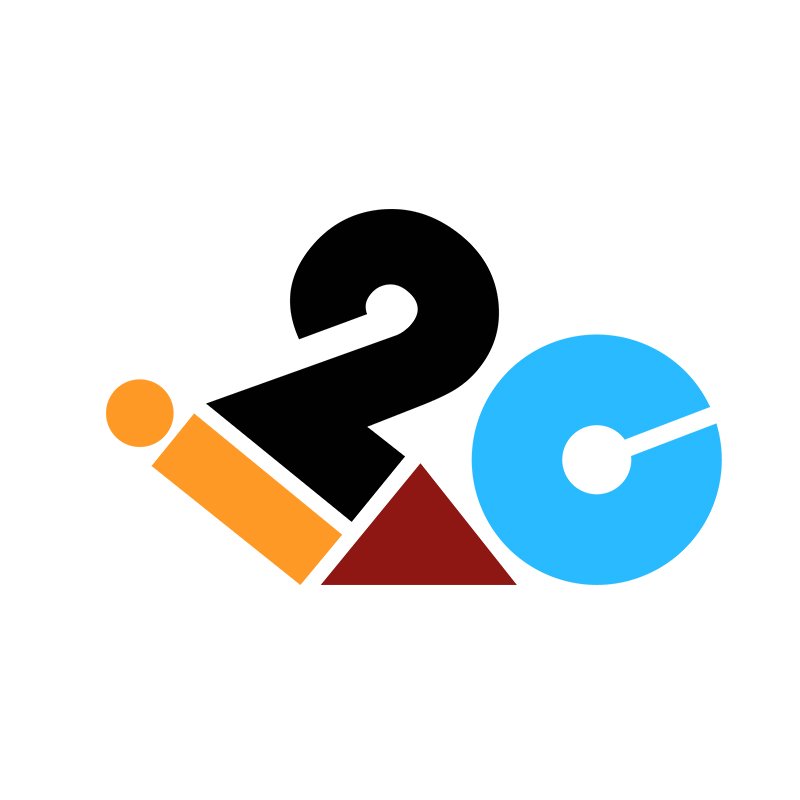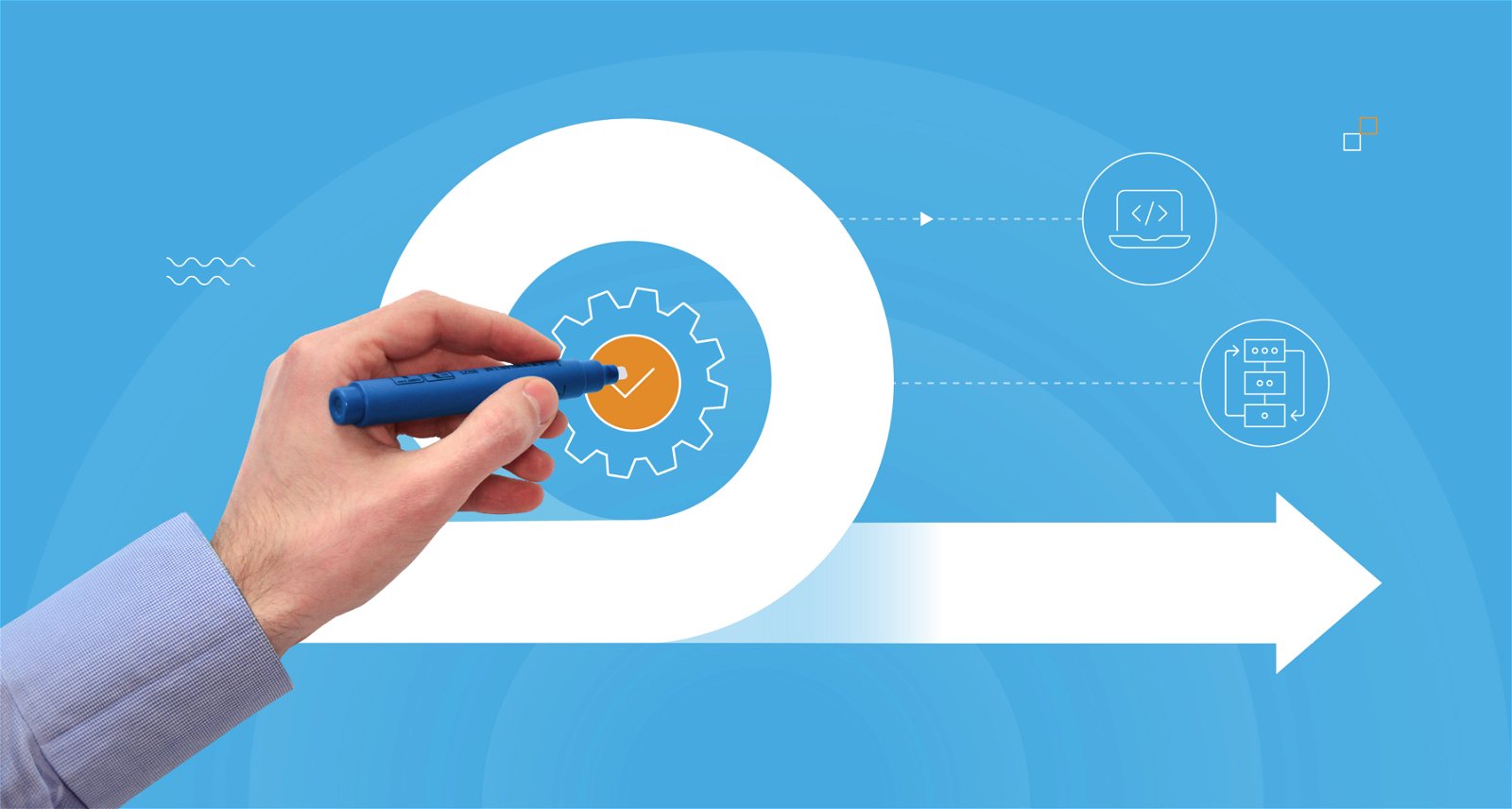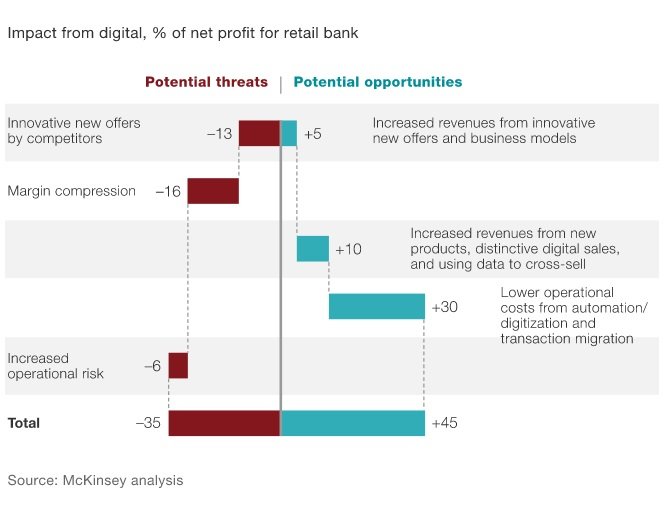During a recent interview with McKinsey Quarterly, Citigroup’s Head of Operations and Technology Don Callahan stated that the biggest risk for the financial services industry is “whether it will be able to move fast enough. Are we going be able to think and execute swiftly?”
Callahan specifically pointed to the industry’s need for agility. He says, “Agility is a lot more than how our developers approach an issue.” It’s about how different subject matter experts across the bank collaborate. He goes on to say: “The real test is whether they take that, put it together as an idea, and bring that story to life. In addition, if it is not right, can they move on and come up with the next version fast enough?”
As card issuers compete for top of wallet status, they are facing a daunting challenge posed by compressed timelines as a result of the accelerating rate of technology innovation and adoption.
Look at it from the viewpoint of the innovation diffusion model (i.e., innovators, early adopters, majorities, and laggards). Until recently, the gap between innovators and laggards was typically a decade or so; today that timeline has shrunk to 24 to 36 months. Put simply, if an innovator introduces a new product into the market and you haven‘t responded in the next three years, you are not a fast follower, you are a laggard.
Digital innovation in banking offers potential rewards and losses.
This compressed timeline has real implications for card issuers. A McKinsey & Co. study found that financial institutions (FIs) that are digital laggards could see up to a 35% of their net profit eroded, while those that embrace it could see an uptick of 40% or more. For issuers, it’s more important than ever to be able to quickly and cost-effectively roll out compelling payments solutions that meet the demands of a rapidly and constantly evolving market.
Unfortunately, the legacy payments processing technology used by many FIs is decades old and inherently inflexible, complex, difficult to change, and therefore completely out of sync with today’s market needs. It was not designed to be adaptable so they can respond to market feedback and build integrated, contextual product offerings and differentiated experiences.
Agile Processing: Building Blocks for Your Payment Vision
For FIs, the ability to execute their business strategy and their technology infrastructure are more closely tied than ever before. Fortunately, there is a better, modern payments model called Agile Processing that gives issuers the control and flexibility to swiftly create and execute their payments roadmap vision.
At its core is the concept behind LEGOs – specifically the agility, versatility, and stability they represent. With compressed product timelines and the difficulty of predicting all possible use cases or innovations in the future, i2c wanted to provide card issuers with the right set of tools and building blocks to quickly create any payments solution in response to changing market conditions at any time.
Just like building blocks, i2c’s Agile Processing platform is comprised of a library of blocks of functionality – such as digital coupons, multi-currency purses, advanced card controls and alerts – that can be rapidly assembled to bring new solutions to market. This enables our customers to create and configure new, customized products and solutions that are unique to them – and empowers them with a new level of flexibility and control previously unfamiliar to them.
The inherent configurability of the Agile Processing platform empowers card issuers to rapidly and efficiently create, test, and introduce differentiated card programs– delivered on a single, global card processing platform with the reliability and scalability that issuers need– with no coding required. With this model, concepts can be created and implemented quickly. What used to take months can now be done often within 30 days.
Moreover, just like building blocks that are designed to fit together so you can build a stable structure, i2c’s card processing platform is extremely stable. Our cloud-based platform has 100% uptime, and i2c has more than 200 engineers constantly building new building blocks, with monthly updates. That means customers using the i2c card processing platform always have access to the latest updates and benefit from our continual improvements.
Learn more about i2c’s building blocks-based architecture and our Agile Processing payments platform by reading CEO’s recent interview with First Annapolis Consulting.



